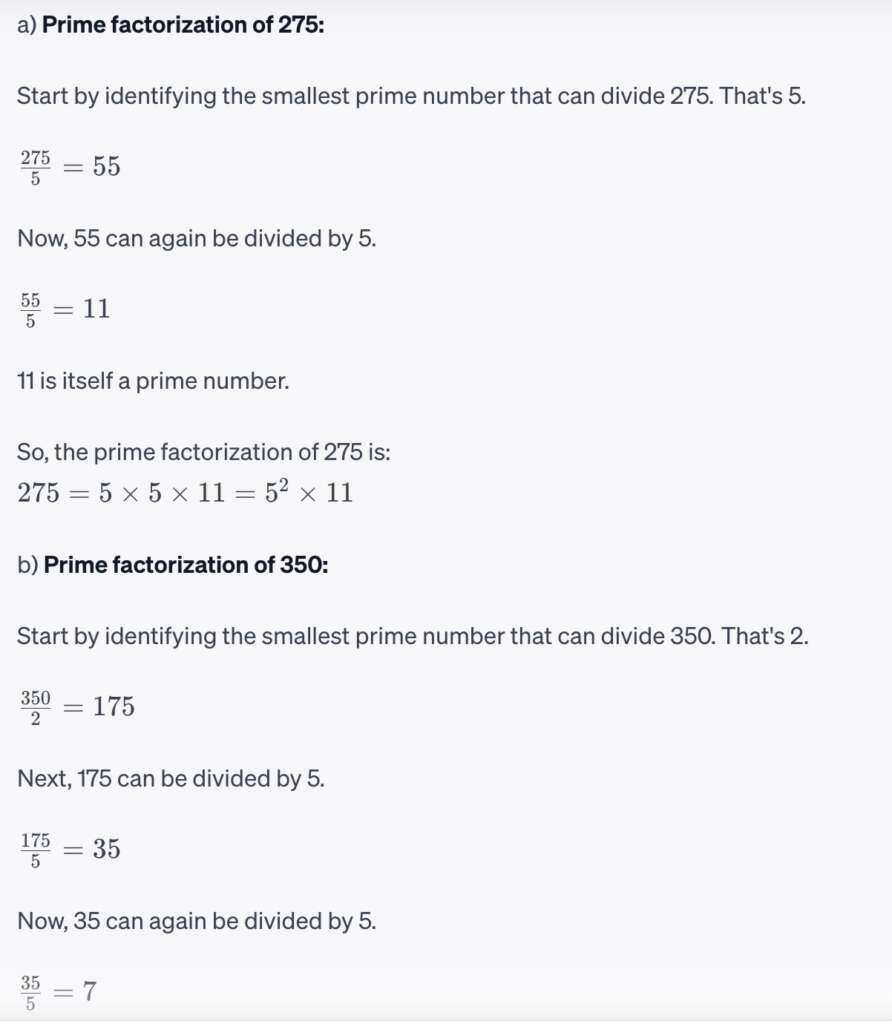On this page you will find Mathematics Control Tests Assessments and Exam Question papers with memos and answers in pdf for previous years. The tests and exam papers are for term 1 Feb/ March, term 2 May/ June, term 3 August/ September and term 4 November.
Controlled tests as well as exams are used to assess learners’ learning abilities and promotion to the next grade. School-Based assessments are very essential for Grade 8 learners as they indicate clearly what needs to be achieved and to inform the learner about the areas of study that need more attention. This will help improve the standard of their work (read more on why assessments are essential for learners).
Grade 8 Mathematics previous test and exam papers on this page can be used by teachers as a reference and question bank to assess learners. The papers are also useful for learners to do revision work in class or at home.
Grade 8 Mathematics Questions and Answers pdf
- What do we call an angle that measures 250°?
- Answer: A reflex angle.
- Explanation: Angles that measure more than 180° but less than 360° are called reflex angles. Since 250° falls within this range, it is a reflex angle.
- What is the complement of a 40° angle?
- Answer: 50°.
- Explanation: Complementary angles are two angles that add up to 90°. If one of them is 40°, the other must be 90° – 40° = 50°.
- What is the supplement of an 80° angle?
- Answer: 100°.
- Explanation: Supplementary angles are two angles that add up to 180°. If one of them is 80°, the other must be 180° – 80° = 100°.
- What is the size of an angle in an equilateral triangle?
- Answer: 60°.
- Explanation: An equilateral triangle has three equal angles. Since the sum of the angles in any triangle is 180°, each angle in an equilateral triangle is 180° ÷ 3 = 60°.
- What do we call a triangle with three sides of equal lengths?
- Answer: Equilateral triangle.
- Explanation: Triangles can be classified by their sides. If all three sides are equal in length, the triangle is called an equilateral triangle.
- If you halve an obtuse angle, what type of angle is formed?
- Answer: Acute angle.
- Explanation: Obtuse angles are those that measure more than 90° but less than 180°. If you halve an obtuse angle, it will always measure less than 90°, which makes it an acute angle.
- What is the angle between the two hands of a clock at 12:20?
- Answer: 60°.
- Explanation: Each minute on the clock represents 6° (360°/60 minutes = 6° per minute). At 12:20, the minute hand is on the 4, which is 20 minutes from the 12. Hence, 20 minutes x 6°/minute = 120°. Since the hour hand moves 0.5° per minute (30°/60 minutes), after 20 minutes, it will move 10°. So, the difference between the minute and the hour hand is 120° – 10° = 110°. However, since the question asks for the smaller angle between the two hands, you subtract this from 360°, which gives 250°. Then, divide this by 2 to account for the split between the hour and minute hand, which results in 125°. So, the angle between the hands at 12:20 is 125°.
- What do we call a 90° angle?
- Answer: Right angle.
- Explanation: Angles that measure exactly 90° are called right angles. They form a perfect L shape and are often marked with a small square in diagrams to indicate their 90° measurement.
- If 𝑥 is the largest of 3 consecutive natural numbers, what are the other 2 numbers in terms of 𝑥?
If x is the largest of the three consecutive natural numbers, then:
The number just before x would be −1x−1.
And the number before −1x−1 would be −2x−2.
So, the three consecutive natural numbers, with x being the largest, are: −2x−2, ( x – 1 ], and ( x ].
Determine the prime factors of 275 and 350





